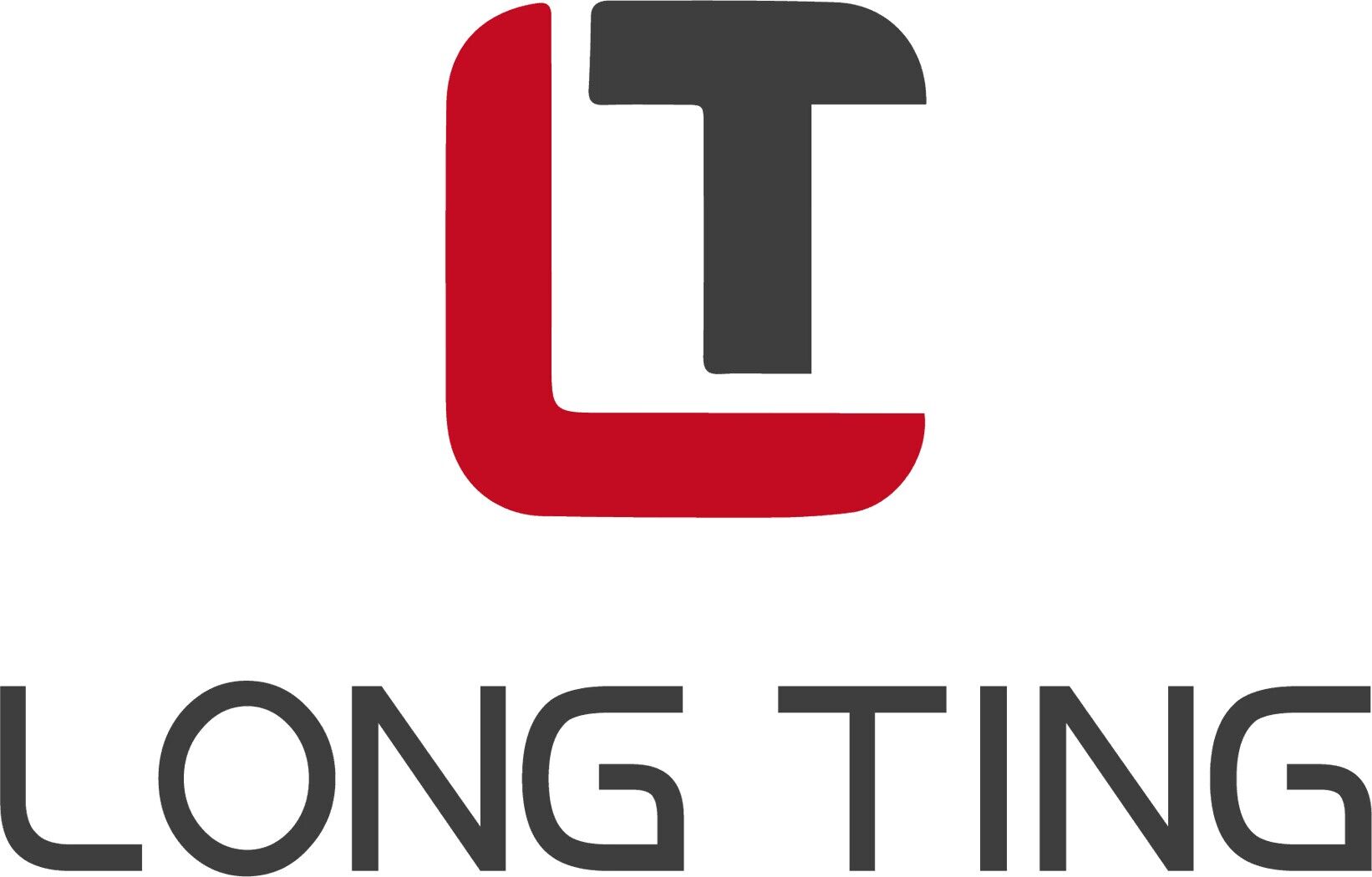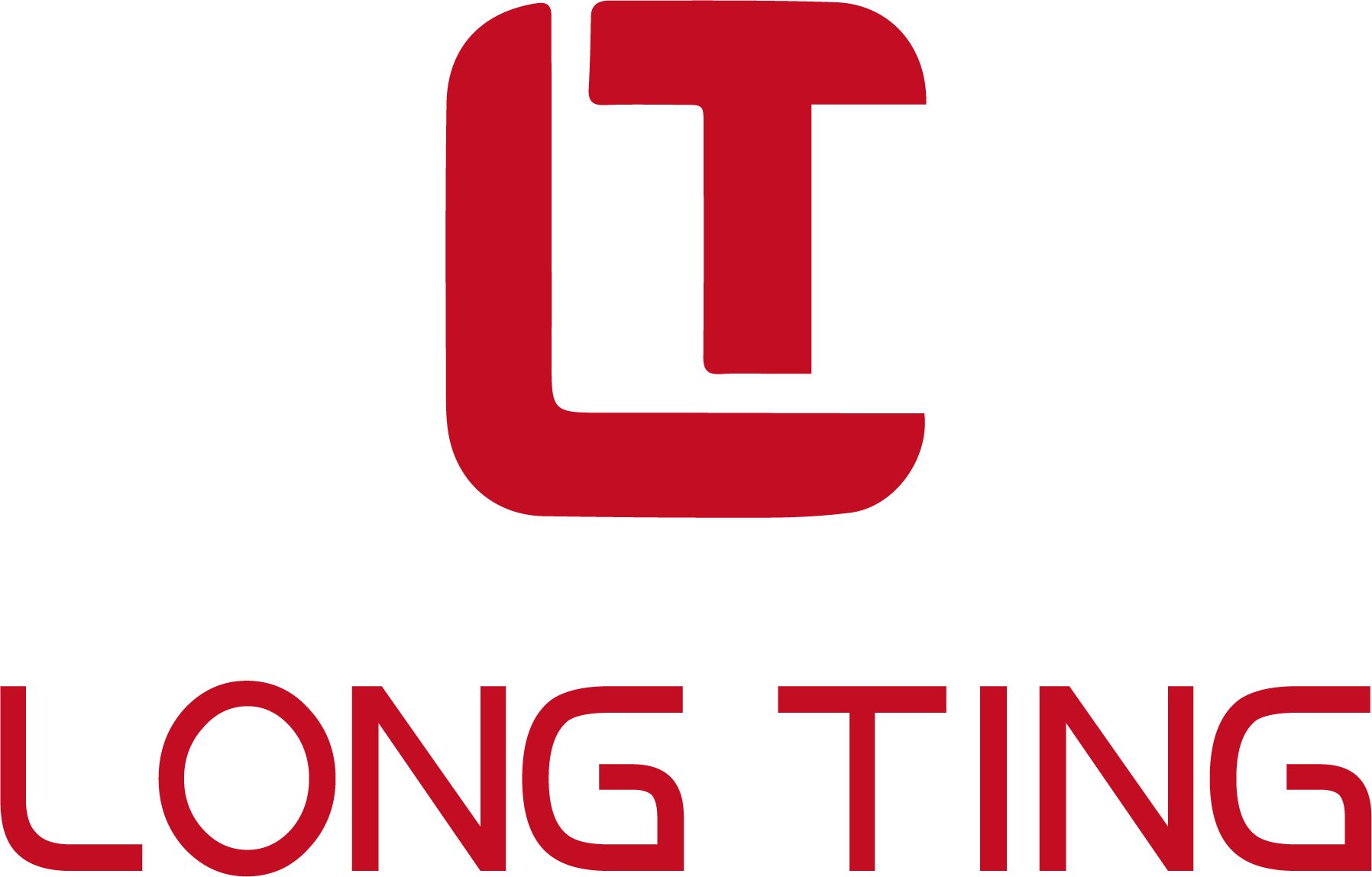How is the board making process of the circuit board factory? What is the process flow of the circuit board manufacturer?
Sometimes customers often wonder what the process flow of the circuit board is,
Even some colleagues who are new to the industry are confused,
When customers make inquiries, they often say that the board is very simple,
Just tell me the price,
In fact, the process of PCB circuit board depends on the number of layers, vias, line width and line spacing of the circuit board.
It takes two days for some PCB documents to be reviewed by large companies.
For example, it is a combination of soft and hard boards. The requirements for the machine and the company’s management level are inseparable.

No matter simple or complex, the following is the process of the circuit board:
- Cutting
Purpose: According to the requirements of engineering data MI, on the large sheets that meet the requirements,
Cut into small pieces to produce boards. Small pieces of sheet material that meet customer requirements.
Process: large sheet → cutting according to MI requirements → curly sheet → beer fillet \ edge grinding → output of the sheet
- Drilling
Purpose: According to the engineering data, on the sheet metal that meets the required size, drill the required hole diameter at the corresponding position.
Process: Stacking pins→upper board→drilling→lower board→view\repair
- Immersion copper
Intent: Immersion copper is to use chemical methods to deposit a thin layer of copper on the wall of the insulating hole.
Process: Coarse grinding→hanging plate→immersed copper automatic line→lower plate→immersing in % dilute H2SO4→thickened copper - Graphic handling
Intent: Graphics transfer is the transfer of pictures on the production film to the board
Process: (blue oil process): Grinding board→printing the first side→drying→printing the second side→drying→exposure→photographic→viewing; (dry film process): hemp board→pressing film→standstill→pair Bit → Exposure → Rest → Develop → View - Graphic plating
Intent: Pattern electroplating is to electroplate a copper layer with a required thickness and a gold-nickel or tin layer with a required thickness on the exposed copper skin of the circuit pattern or on the wall of the hole.
Process: upper plate → degreasing → water washing twice → micro-etching → water washing → pickling → copper plating → water washing → pickling → tin plating → water washing → lower plate - Withdraw the film
Purpose: Use NaOH solution to remove the anti-plating coating layer to expose the non-circuit copper layer.
Process: water film: insert frame→soda soaking→washing→wiping→passing machine; dry film: put plate→passing machine - Etching
Intention: Etching is to use chemical reaction method to corrode the copper layer of non-circuit parts. - Green oil
Intent: The green oil is to transfer the graphics of the green oil film to the board, which has the effect of maintaining the circuit and preventing tin on the circuit when welding parts
Process: grinding board→printing photosensitive green oil→curling board→exposure→developing shadow; grinding board→printing the first side→baking board→printing the second side→baking board - Characters
Intent: A character is provided as an easily recognizable mark
Process: After finishing the green oil → cooling and standing → adjusting the screen → printing characters → finishing the curium - Gold-plated fingers
Intent: Plating a layer of nickel\gold with the required thickness on the plug fingers to make it more hard and wear-resistant
Process: board → degreasing → water washing twice → micro-etching → water washing twice → pickling → copper plating → water washing → nickel plating → water washing → gold plating
Tin plate (a parallel process)
Intent: HASL is to spray a layer of lead and tin on the exposed copper surface that is not covered with solder mask oil to protect the copper surface from corrosion and oxidation and ensure good soldering performance.
Process: micro-etching → air drying → preheating → rosin coating → solder coating → hot air leveling → air cooling → washing and air drying - Molding
Intent: Through mold stamping or CNC cutting machine to produce the shape required by customers, organic cutting, beer board, hand cutting, hand cutting
Explanation: The accuracy of data gong machine board and beer board is higher, followed by hand gong, and hand cutting board is the most low tool and can only make some simple shapes. - Quiz
Purpose: After 100% electronic testing, detect defects that affect functionality such as open circuits and short circuits that are difficult to detect visually.
Process: upper mold → board placement → test → qualified → FQC visual inspection → unqualified → repair → return test → OK → REJ → scrap


